OSHA Regulations
As per requirements set on October 23, 2003
Question:
Section 1926.651 contains several requirements that relate to the safety of employees engaged in excavation work. Specifically, paragraphs (b)(2) and (b)(3) relate in part to the safety of the means used to locate underground utility installations that, if damaged during an uncovering operation, could pose serious hazards to employees.
Under these provisions, what constitutes an acceptable method of uncovering underground utility lines, and further, would the use of hydro-vacuum excavation be acceptable under the standard?
Answer:
Background
Two provisions of 29 CFR Part 1926 Subpart P (Excavations), §1926.651 (Specific excavation requirements), govern methods for uncovering underground utility installations. Specifically, paragraph (b)(2) states:
When utility companies or owners cannot respond to a request to locate underground utility installations within 24 hours * * * or cannot establish the exact location of these installations, the employer may proceed, provided the employer does so with caution, and provided detection equipment or other acceptable means to locate utility installations are used.
(Emphasis added.)
Paragraph (b)(3) provides:
When excavation operations approach the estimated location of underground installations, the exact location of the installations shall be determined by safe and acceptable means. (Emphasis added.)
Therefore, "acceptable means" must be used where the location of the underground utilities have not been identified by the utility companies and detection equipment is not used.
Subpart P does not contain a definition of either "other acceptable means" or "safe and acceptable means." The preambles to both the proposed rule and the final rule discussed the rationale behind the wording at issue. For example, the preamble to the proposed rule, 52 FR 12301 (April 15, 1987), noted that a 1972 version of this standard contained language that specified "careful probing or hand digging" as the means to uncover utilities. The preamble then noted that an amendment to the 1972 standard later deleted that language "to allow other, equally effective means of locating such installations." The preamble continued that in the 1987 proposed rule, OSHA again proposed using language in paragraph (b)(3) that would provide another example of an acceptable method of uncovering utilities that could be used where the utilities have not been marked and detection equipment is not being used - "probing with hand-held tools." This method was rejected in the final version of 29 CFR Part 1926. As OSHA explained in the preamble to the final rule, 54 FR 45916 (October 31, 1989):
OSHA received two comments * * * and input from ACCSH [OSHA' Advisory Committee on Construction Safety and Health] * * * on this provision. All commenters recommended dropping 'such as probing with hand-held tools' from the proposed provision, because this could create a hazard to employees by damaging the installation or its insulation.
In other words, the commenters objected to the use of hand tools being used unless detection equipment was used in conjunction with them. OSHA then concluded its discussion relative to this provision by agreeing with the commentators and ultimately not including any examples of "acceptable means" in the final provision.
Non-conductive hand tools are permitted
This raises the question of whether the standard permits the use of hand tools alone -- without also using detection equipment. NUCA and other industry stakeholders have recently informed us that non-conductive hand tools that are appropriate to be used to locate underground utilities are now commonly available.
Such tools, such as a "shooter" (which has a non-conductive handle and a snub nose) and non-conductive or insulated probes were not discussed in the rulemaking. Since they were not considered at that time, they were not part of the class of equipment that was thought to be unsafe for this purpose. Therefore, we conclude that the use of these types of hand tools, when used with appropriate caution, is an "acceptable means" for locating underground utilities.
Hydro-vacuum excavation
It is our understanding that some hydro-vacuum excavation equipment can be adjusted to use a minimum amount of water and suction pressure. When appropriately adjusted so that the equipment will not damage underground utilities (especially utilities that are particularly vulnerable to damage, such as electrical lines), use of such equipment would be considered a "acceptable means" of locating underground utilities. However, if the equipment cannot be sufficiently adjusted, then this method would not be acceptable under the standard.
Other technologies
We are not suggesting that these are the only devices that would be "acceptable means" under the standard. Industry stakeholders have informed us that there are other types of special excavation equipment designed for safely locating utilities as well.
We apologize for any confusion our July 7 letter may have caused. If you have further concerns or questions, please feel free to contact us again by fax at: U.S. Department of Labor, OSHA, Directorate of Construction, Office of Construction Standards and Compliance Assistance, fax # 202-693-1689. You can also contact us by mail at the above office, Room N3468, 200 Constitution Avenue, N.W., Washington, D.C. 20210, although there will be a delay in our receiving correspondence by mail.
Thank you for your interest in occupational safety and health. We hope you find this information helpful. OSHA requirements are set by statue, standards, and regulations. Our letters of interpretation do not create new or additional requirement but rather explain these requirements and how they apply to a particular circumstances. This letter constitutes OSHA's interpretation of the requirements discussed. From time to time, letters are affected when the Agency updates a standard, a legal decision impact a standard, or changes in technology affect the interpretation. To assure that you are using the correct information and guidance, please consult OSHA's website at https://www.osha.gov. If you have further questions, please feel free to contact the Directorate of Construction at (202) 693-2020. *
Sincerely,
Russell B. Swanson, Director
Directorate of Construction
